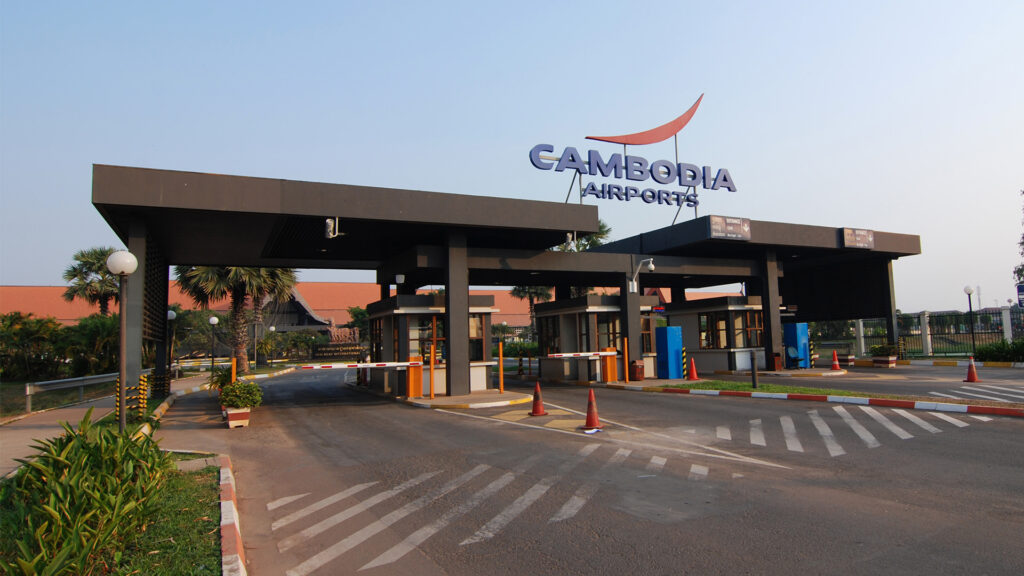A Guide to EU Commission Fines
Revised guidelines (the Guidelines) on the method of setting fines imposed for competition infringements were published in 2006 by the European Commission (the Commission). The following guide provides an outline of why fines are imposed and how they are calculated.
What behaviour can lead to the Guidelines applying?
The Commission can impose fines on companies that infringe EU treaty prohibitions on cartels and other anti-competitive agreements (Article 101 offences, such as price-fixing cartels, sharing of markets and customers, illegal exchange of information between competitors) and abuses of dominant position (Article 102 offences, such as anti-competitive rebates, charging excessive prices, refusal to supply/deal, predatory/below-cost pricing, margin squeezes).
Why are fines imposed on a company?
The Commission considers that fines are both punitive and preventative. A fine may be increased to ensure that it has a sufficient deterrent effect. Multiple repeat offenders are likely to face heavier fines.
How are fines calculated?
What is the maximum level of fine that can be imposed?
While fines are imposed on individual companies, they are calculated at the level of the economic entity, or undertaking, to which the company which has committed the infringement belongs.
The legal maximum is 10% of the total turnover of the undertaking as a whole.
It is not uncommon for the Commission to impose significant fines for infringement by small subsidiaries on both the ultimate parent company and the subsidiary, on a joint and several liability basis, in order to ensure that a large fine can be levied on the undertaking as a whole. The Commission can also impose an additional increase in the level of fine for specific deterrence.
Calculating the basic amount of the fine
- Value of sales
The value of sales during the last full business year of a company’s participation in the infringement is the reference point for the basic amount of the fine. The fine is calculated by reference to the value of the undertaking’s sales of goods or services in the market(s) to which the infringement relates, directly or indirectly, in the relevant geographic area within the European Economic Area (EEA).
If the geographic scope of the infringement in question is wider than the EEA, for example transport markets involving transport to and from the EEA from a single point outside the EEA, the Commission may assess the total value of sales in the market (wider than the EEA), as a whole, and may then make an adjustment to reflect the proportion of sales which relate to the EEA. For example, the total value of sales for transport markets to and from the EEA would be divided by two to reflect the value of sales in the EEA.
- Determining the basic amount of the fine – gravity and duration
The basic amount of the fine will relate to a proportion of the value of sales, depending on:
The gravity of the infringement multiplied by the number of years of the infringement.
Generally, the proportion of the value of sales taken into account will be set at a level up to 30% of the value of sales. This level varies on a case by case basis to reflect the gravity of the infringement. In our experience, the Commission usually decides on a 15%-20% proportion of sales.
In assessing gravity, the Commission will consider a number of factors, including the nature of the infringement, the combined market share of all the undertakings concerned, the geographic scope of the infringement and whether or not the infringement has been implemented.
- Number of years of infringement
Periods of less than six months will count as half a year and periods of longer than six months, but less than a year, will count as a full year when calculating the duration of the infringement.
- Entry-fee
The Commission will also include a sum (known as an entry-fee) of around 15%-25% of the value of sales to deter companies from entering into horizontal price fixing, market sharing and output limitation agreements. The Commission may similarly apply this entry-fee to other infringements.
Adjusting the basic amount
The Commission will take into account aggravating and mitigating circumstances in order to adjust the basic amount of a fine:
Aggravating factors
- Continued or repeated infringing behaviour or similar infringing behaviour. The Commission will consider its own previous decisions and the decisions of national competition authorities, and may increase the level of the fine by up to 100%. Each prior infringement will justify an increase in the fine. This can include infringements committed by a different undertaking within the same group of undertakings.
- Refusal to co-operate with any Commission investigation.
- Leading/coercing other parties to participate in infringing behaviour.
Mitigating factors
- Evidence that the offending practice ceased upon the intervention of the Commission (not applicable to secret agreements or practices).
- Evidence that the offending practice resulted from negligence.
- Evidence that the undertaking’s involvement in the infringement was limited and that the undertaking avoided applying the anti-competitive conduct in the market.
- Effective co-operation with the Commission outside the scope of the Leniency Notice and beyond any legal obligation.
- Encouragement to enter into the offending practice by public authorities or legislation.










